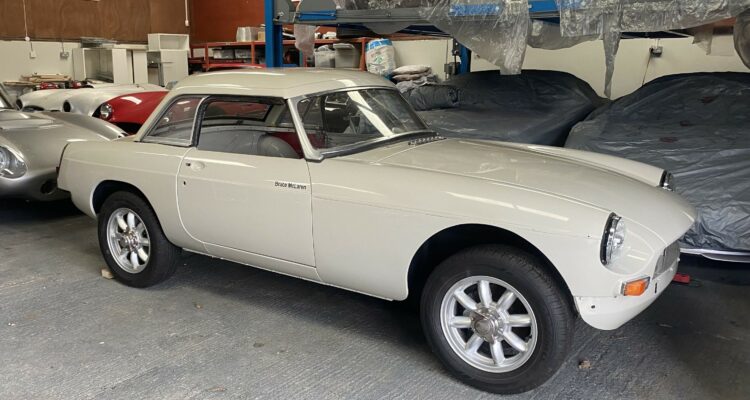The First to Ever… Offer Front-Wheel Drive
In this series Car & Classic will be plucking those cars from history that were trailblazers for what we class as normal motoring today. The first car we’re looking at is the mighty Citröen Traction Avant, the car that gave us front-wheel drive.
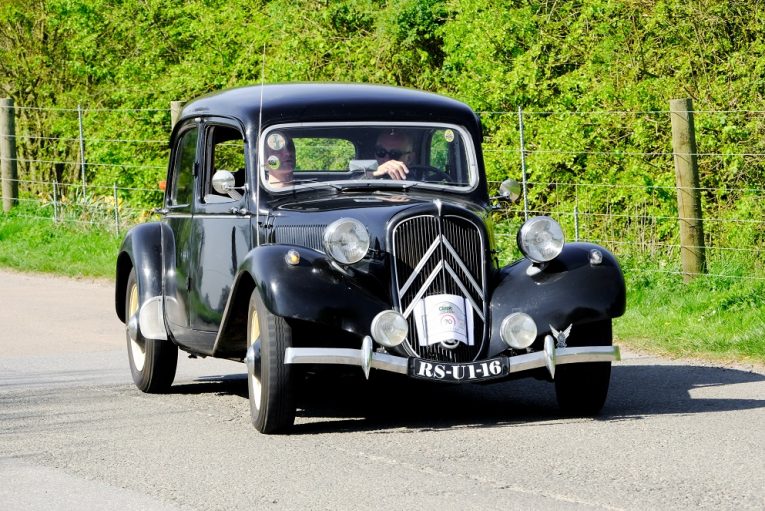
In the 1930s cars were, for lack of a better way of putting it, nothing more than carts with engines. Refinement wasn’t a completely alien concept, it was available on high-end luxury cars. But for the masses, it was the stuff of pipe dreams. Mass-produced cars were basic. But that was all about to change.
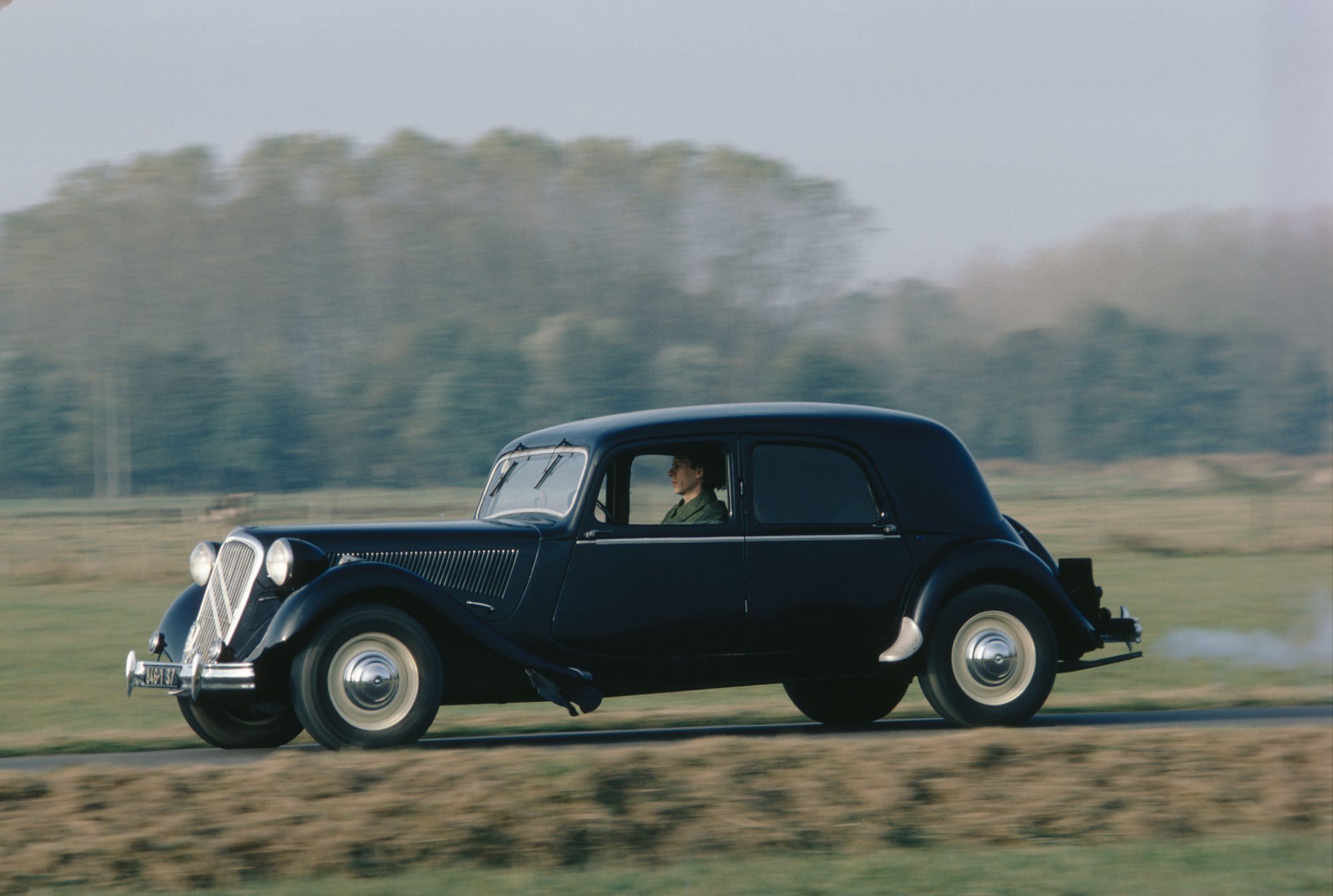
André Lefèbvre was a car designer like no other. He saw things in a different way and was passionate about advancing technology and innovation as far as possible. He studied at Supaéro, a higher education and research Institute located in Toulouse, France that was overseen by the French Ministry of Defence. Once qualified, Lefèbvre went to work for Gabriel Voisin. His work was primarily in aviation, though after World War 1 he moved into cars for Voisin and created the – a car that won the 1923 French Grand Prix.
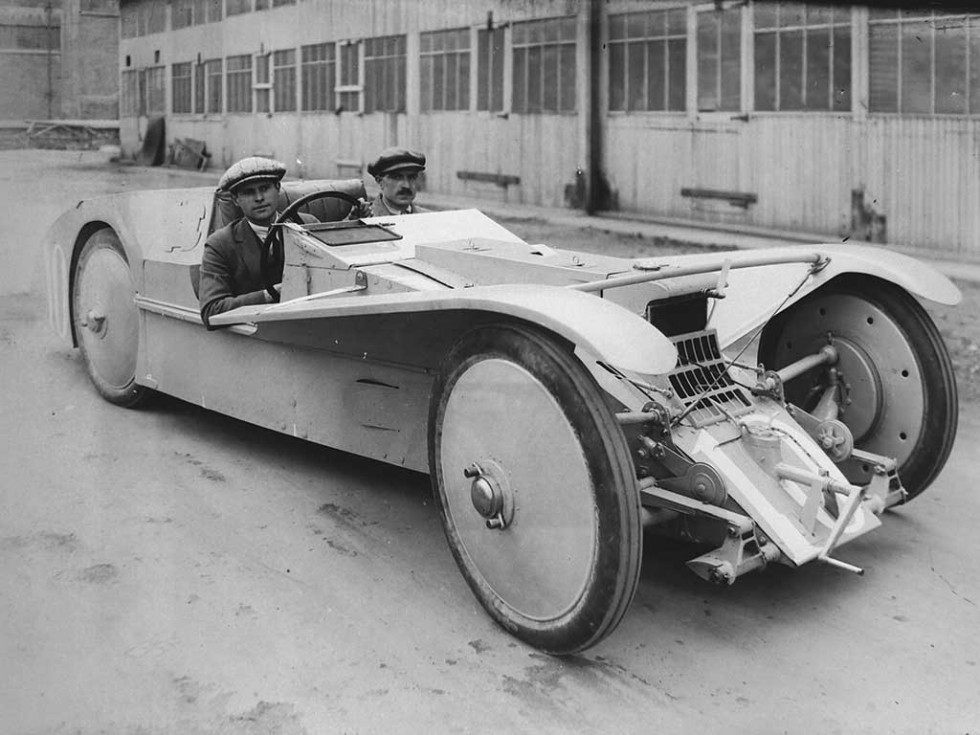
After this Lefèbvre moved to Renault, but only until 1933 when he was headhunted by Citröen. It had plans to build a new car and it needed a bold and forward-thinking engineer. Lefèbvre was the man.
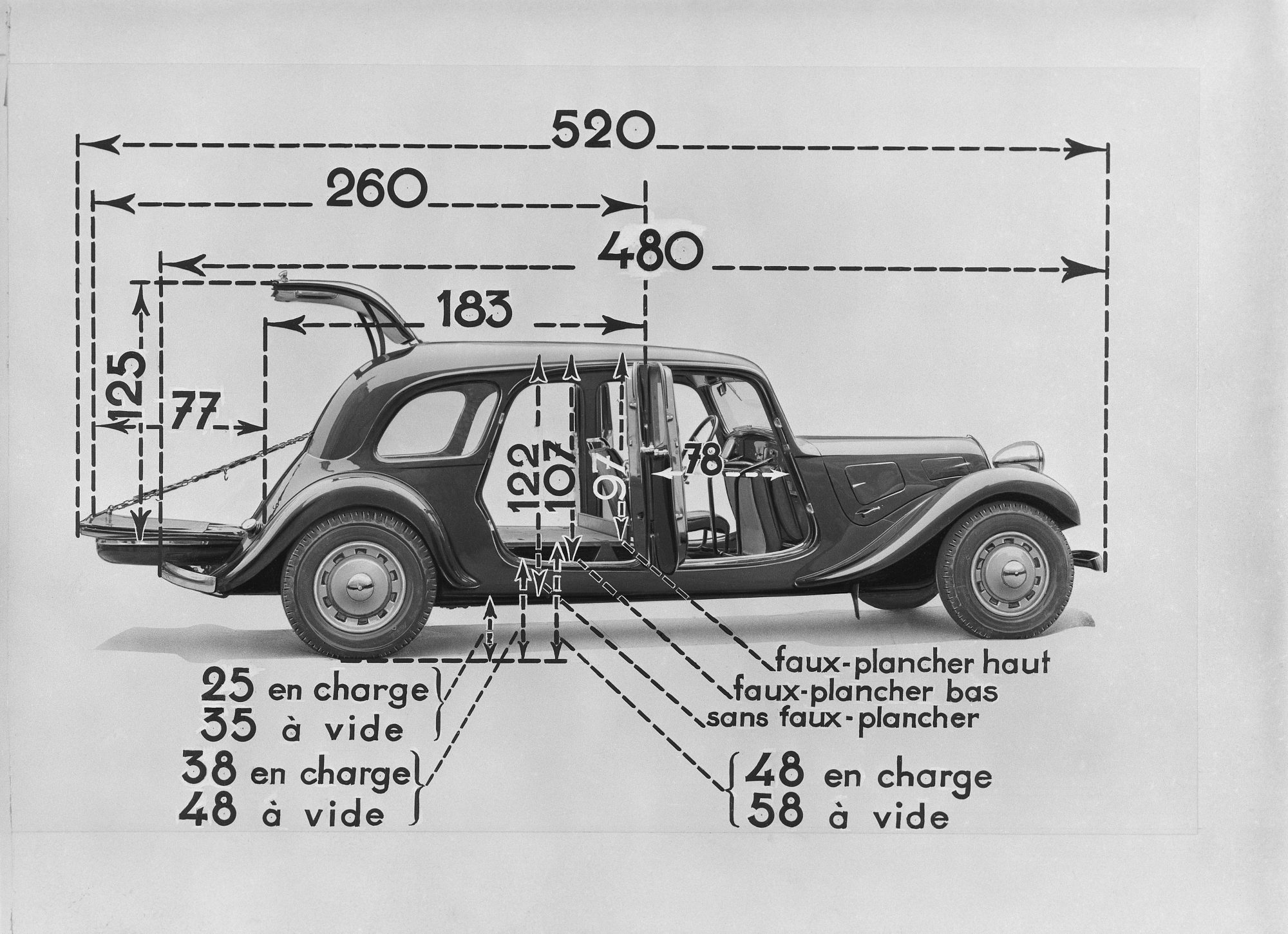
The car Citröen wanted was a large, family saloon. But wanted it to excel and be class-leading. It didn’t want to simply take the common technology of the time and dress it up as a new car. Lefèbvre rose to the challenge and the resulting car was what we now know as the Traction Avant which, quite simply, is French for ‘front-wheel drive’.
At the time, for every car with the exception of Cord and Alvis, front-wheel drive was an oddity. Lefèbvre saw it as something else though. By having the engine and the gearbox and driveshafts up front, there was a huge opportunity to capitalise on the space made available. Not only that, Lefèbvre could make the car lower which, when combined with the then cutting-edge independent front suspension, would serve to make the Traction Avant handle like nothing else. Other technical inclusions such as rack and pinion steering further bolstered the Traction Avant’s on-road abilities.
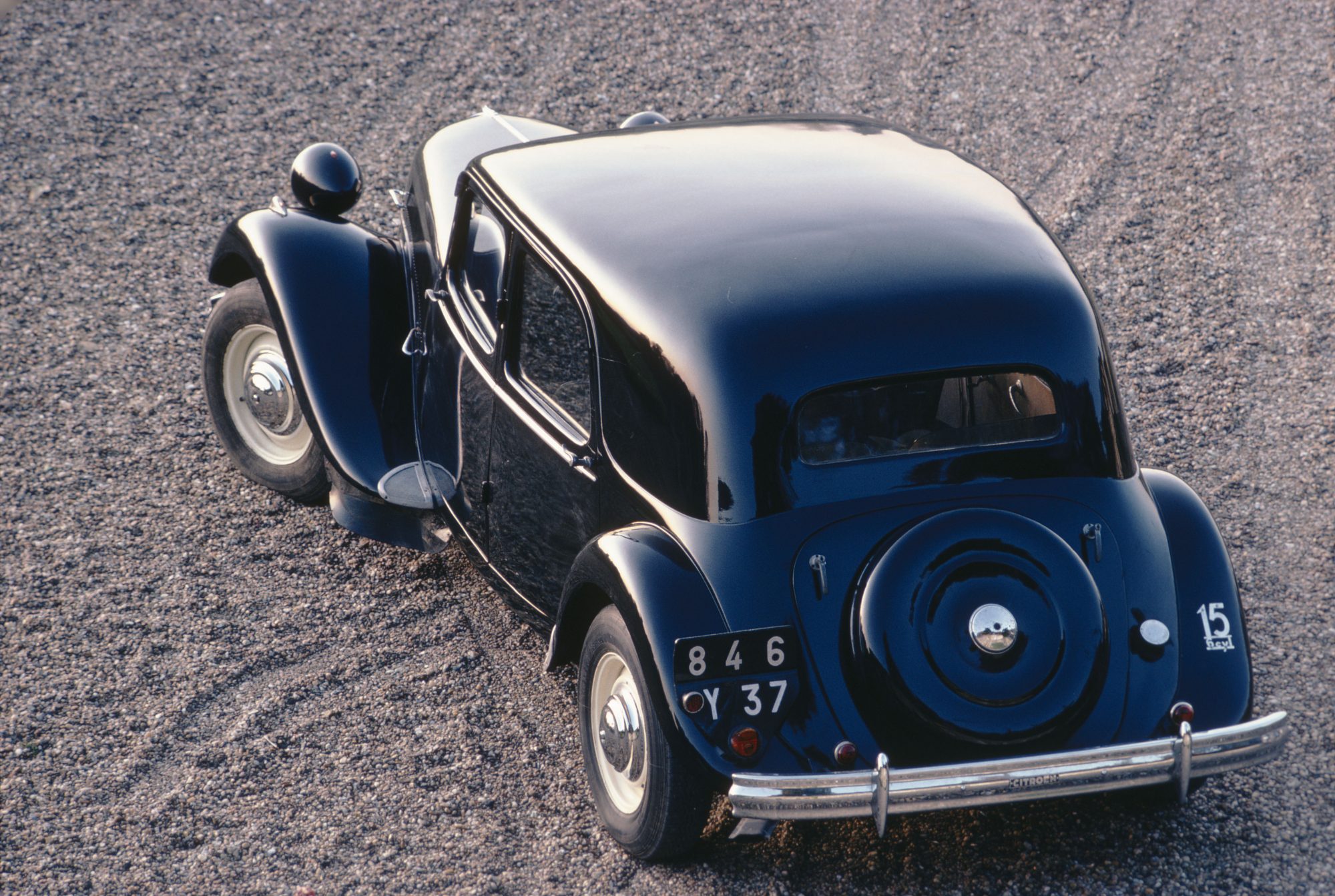
While the Traction Avant was indeed the forebearer to today’s front-wheel drive, it was anything but conventional. The engine was mounted longitudinally, opposed to the transverse method we know today. Further to this, the gearbox was mounted ahead of it, at the front of the car. The transaxle that delivered power to the front wheels nestled between the two. It was an odd setup, but it worked.
The intelligent design didn’t stop there though. The body was designed by the talented Flaminio Bertoni, but its construction was planned and implemented by Lefèbvre. Instead of the body resting on a chassis like all other cars of the time, Lefèbvre pushed for a monocoque design. It was revolutionary. Putting the car’s strength in its entire body rather than just the chassis meant the Traction Avant was tight and stiff, further bolstering its on-road credentials. All while saving an impressive 70kg compared to the traditional method. At the time the technique was relatively unheard of, whereas today it’s the way all passenger cars are built. Lefèbvre there, ahead of the curve.
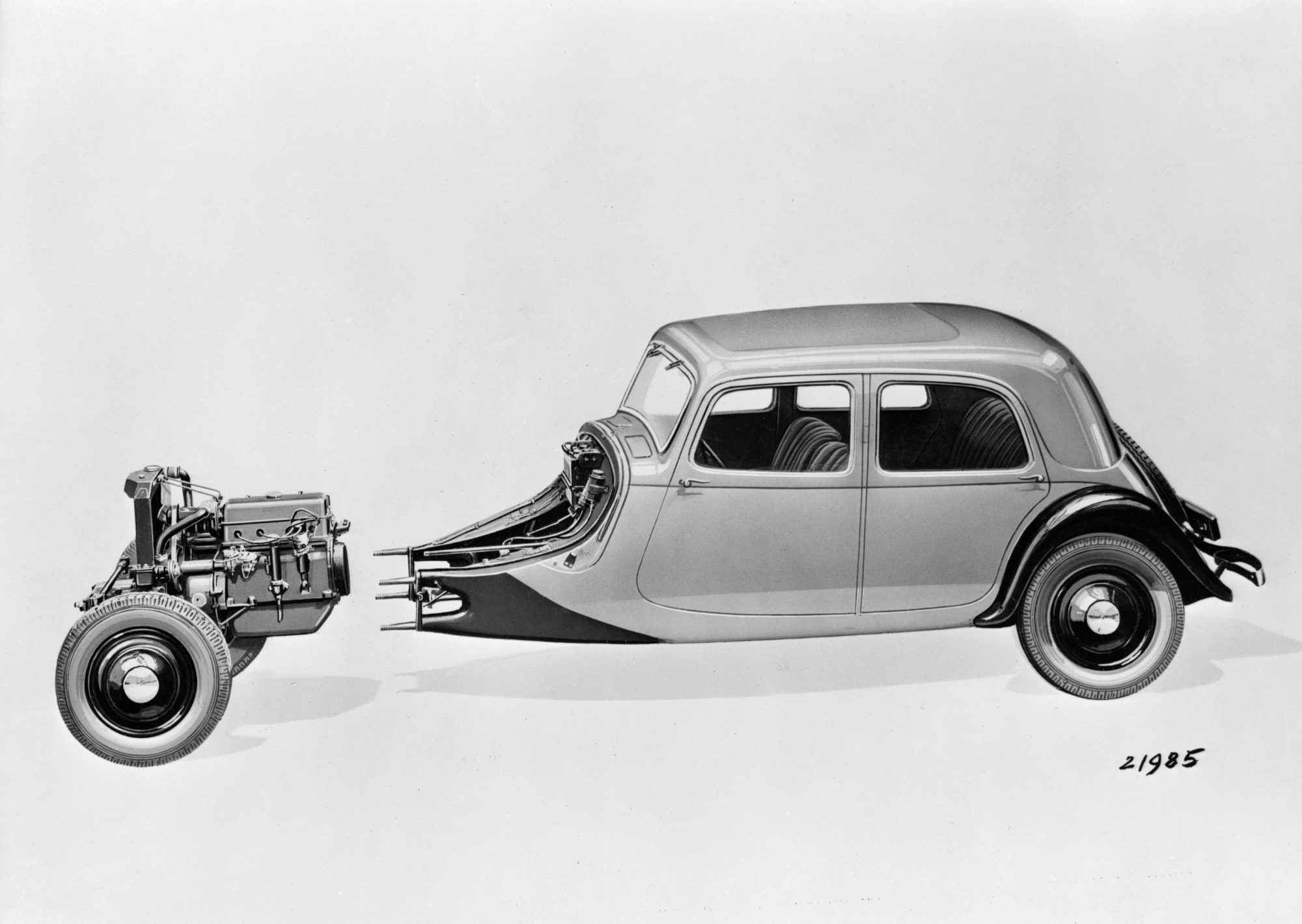
Of course, all this development wasn’t subject to entirely smooth sailing. In fact, the Traction Avant project was very nearly the end of Citröen. Development costs were spiralling out of control, thanks in no small part to the demolition of the old factory in favour of a new, 1.3 million square foot one. Lefèbvre was thinking big. But he wasn’t thinking with his wallet. In the end, the Traction Avant project was given the life it needed thanks to a buyout by Michelin.
Between 1934 and 1957 some 760,000 Traction Avant cars were built. It put the financial pressure of its development well in the past by being such a sales success. This revolutionary car, a car that showed the world how space, comfort and refinement could be offered to the masses care of brave innovation and engineering firsts cemented Lefèbvre’s reputation as a world-class automotive engineer. The fact we use this technology and drive-line today is testament to that.
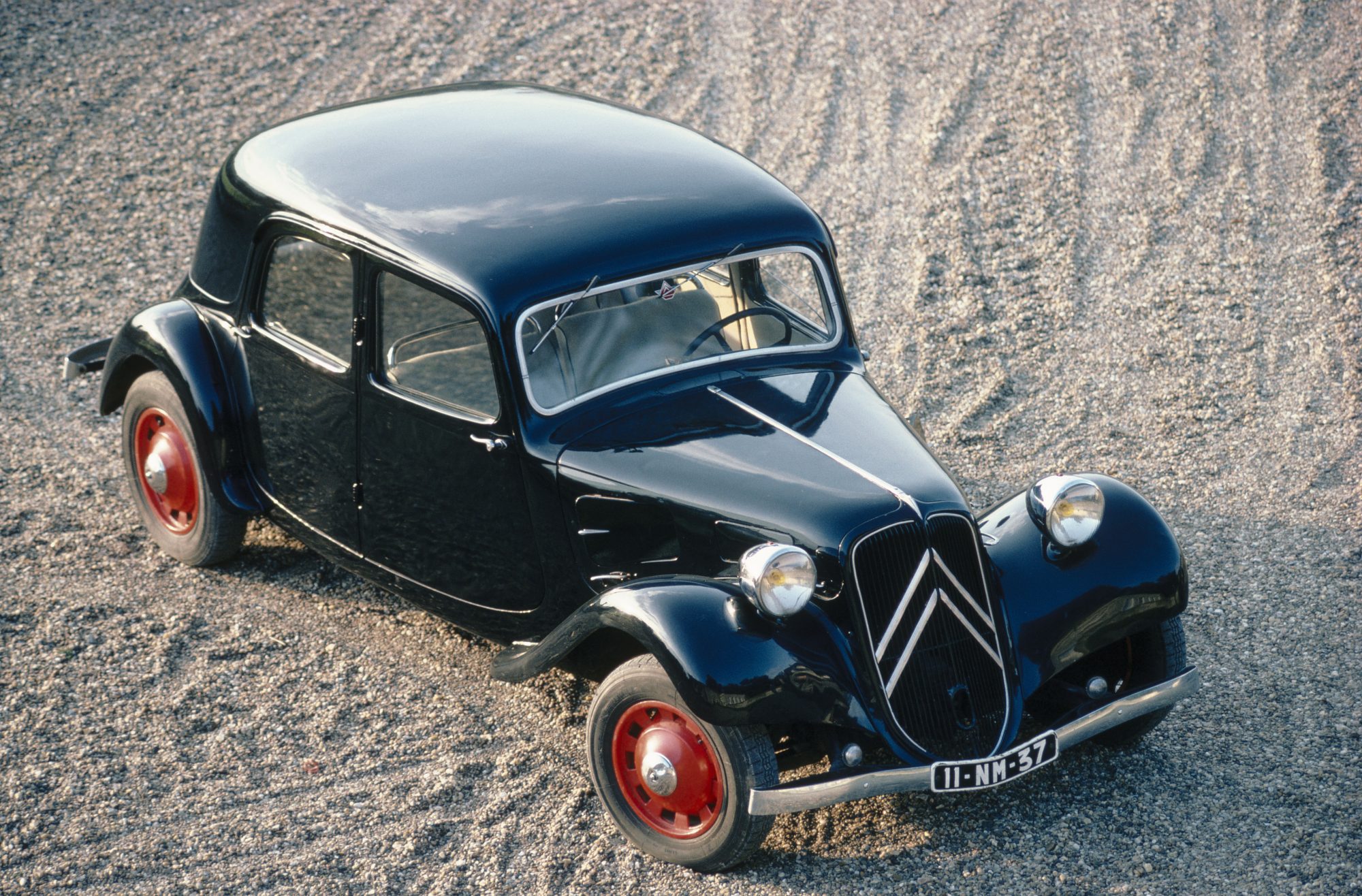
Incredibly, Lefèbvre wasn’t done. The Traction Avant may well have been a staggering success, but that wasn’t going to stop him from shooting for the moon. A fact evidenced by the cars he would go on to make – the 2CV and the DS. What a remarkable man, and an equally remarkable car. And of course, if you want to see what the Traction Avant is all about, you can find your Citröen Traction Avant here.

